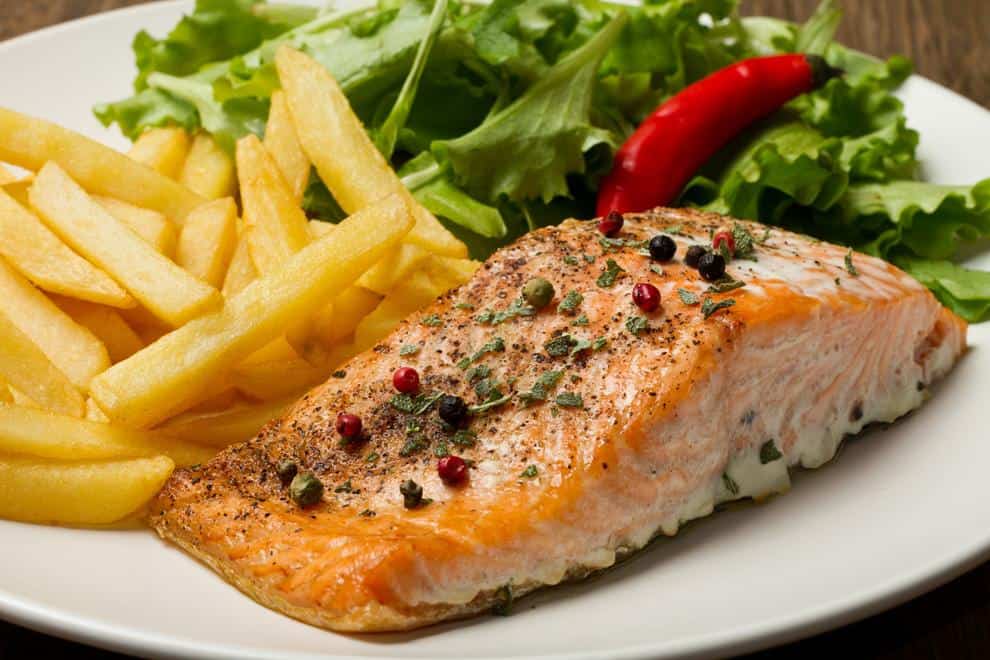Eating healthy at the office
Very few of us are lucky enough to go home for lunch during work hours. And not all companies have a cafeteria. So, for me — and probably for many of you — healthy eating at work comes down to three realistic options:
- Eating at a company cafeteria (if available),
- Going out to nearby restaurants or fast-food places,
- Or bringing food from home.
I’ve tried all three. But the method that works best for me — both for my health and my productivity — is packing my own meals. And in this post, I’ll share how I do that effectively, along with some helpful lessons I’ve learned through personal trial and error.
🧠 Why Eating Well at Work Really Matters
When I first started working full time, I used to grab anything quick and filling: a burger, some fried rice, even leftover pastries from the office kitchen. But that sluggish, sleepy feeling after lunch? It was real — and it was hurting my performance.
Now, I plan my meals. And I follow a few golden rules:
- Eat a balanced diet across breakfast, lunch, and dinner.
- Take at least 30–60 minutes for lunch.
- Avoid heavy or greasy foods.
- Absolutely no alcohol during the workday.
This may sound basic, but sticking to it changed how I feel — both mentally and physically — in the second half of the workday.
🧊 Do You Have Appliances at Work? Plan Accordingly
Before you start prepping meals, check what your office has:
- Refrigerator? You can safely bring meat, fish, eggs, or dairy.
- Microwave? You can enjoy warm meals like soups, rice, or cooked veggies.
- No kitchen appliances? Then focus on foods that are safe to eat cold or at room temperature (think salads, wraps, sandwiches, boiled eggs).
⚠️ Reminder: Avoid perishable items if you don’t have refrigeration. Bacteria start growing after two hours at room temperature.
🥗 What I Eat for Lunch at the Office (Simple & Healthy Ideas)
✅ Salads — My Go-To Quick Lunch
I love how versatile salads can be. Here’s what I usually rotate between:
- Leafy base: Romaine, spinach, arugula, or mixed greens
- Veggies: Cherry tomatoes, bell peppers, onions, cucumbers
- Protein: Grilled chicken, tuna, chickpeas, egg, or tofu
- Extras: Avocado, olives, sunflower seeds, quinoa
- Dressings: I bring olive oil, balsamic vinegar, salt, and mustard in small containers and mix them right before eating.
Salads are nutrient-dense and easy to digest — perfect for staying alert post-lunch.
🫘 Legumes & Vegetables
Cold lentil salad with chopped veggies and olive oil? Amazing. Or sometimes, I reheat a chickpea stew or green beans with potatoes if there’s a microwave.
Other combos I love:
- Green peas + diced carrots
- Baked sweet potatoes with black beans
- Stir-fried broccoli with sesame seeds
🍗 Lean Proteins
I often pack:
- Grilled chicken breast with rice
- Oven-baked salmon with roasted veggies
- Hard-boiled eggs with whole-grain toast
Animal protein gives me lasting energy. I always aim for a light portion — just enough to fuel my afternoon, not weigh me down.
🍎 Fruit — Always a Must
I never skip fruit. It’s refreshing, easy to pack, and satisfies sweet cravings. Some of my favorites:
- Apple slices with cinnamon
- A banana with peanut butter
- Orange wedges or grapes
🗓️ How I Plan My Weekly Office Menu
On Sundays, I plan my meals for the entire week — breakfast, lunch, dinner, and snacks. Here’s how:
- I list ingredients I already have at home.
- I mix and match seasonal produce.
- I prep some meals in advance (like lentil stew or grilled chicken).
- I keep it varied — no two lunches are the same.
📝 Sample Weekly Lunch Plan:
| Day | Lunch | Snack |
|---|---|---|
| Monday | Chicken Caesar Salad | Banana + nuts |
| Tuesday | Quinoa with veggies + egg | Yogurt + berries |
| Wednesday | Lentil curry with rice (microwave) | Apple slices |
| Thursday | Tuna sandwich with avocado | Cottage cheese + grapes |
| Friday | Chickpea and sweet potato bowl | Dark chocolate + almonds |
🧍♂️ Real Talk: Eating Out at Work Is Tricky, But Not Impossible
When I have to eat out, I try to avoid fast food chains unless I have zero other options. Here’s what I look for:
- Daily specials at small local restaurants (soups, rice bowls, light pastas)
- Healthy sandwich options (whole-grain bread, grilled fillings)
- Vegetarian or Mediterranean-style dishes
I always check that the food looks fresh, the place looks clean, and that the portion isn’t too big. And yes — no alcohol, even if it’s a client lunch.
🌇 How I Balance Lunch with Dinner
If I eat light at lunch, I’ll have something more substantial for dinner — like grilled fish or pasta. If lunch was heavy (say, a rice and meat combo), dinner is usually a salad or vegetable soup.
Balancing my meals across the day has helped me feel more in control of my energy and digestion.
Final Thoughts: You Can Eat Healthy at the Office — Without a Cafeteria
What I’ve shared here comes from my own experience. Planning, variety, and balance have helped me stay healthy, productive, and focused at work. Whether you bring food from home or eat out, the key is consistency and being mindful of what you eat.
If you’re starting your healthy office lunch journey, try prepping just two or three days a week. Build the habit slowly. Your body — and your work performance — will thank you.




